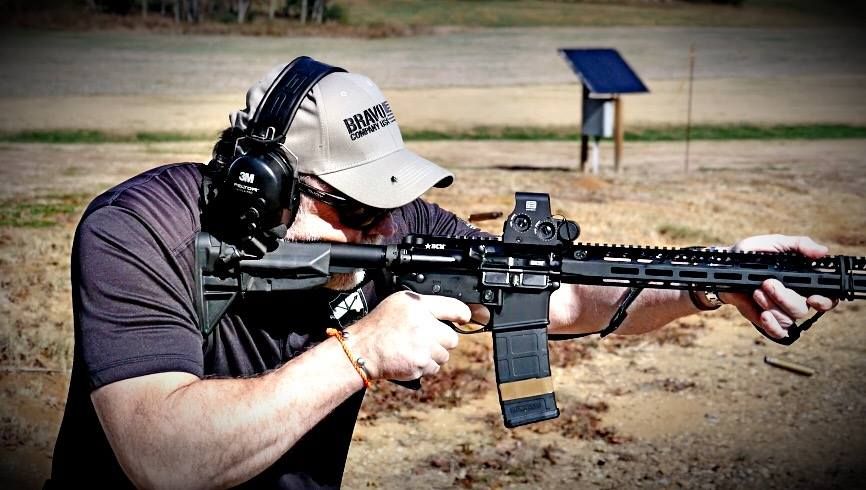
Seeking gun training from a reputable company like Green Ops is a vital step in developing your skills with your newly built or purchased AR-15. Just having a high quality, reliable firearm is not enough. Too often when it comes to being truly effective, we just don’t know what we don’t know. To learn more about the standards we need to set for ourselves and how to set our AR builds up for success, we reached out to Mike Green from Green Ops.
Q: Mike, can you give our readers a bit of background and us how Green Ops began?
Mike Green, Green Ops: I spent 15 years in the Army, in Special Forces…Ranger qualified. I spend a lot of time teaching folks overseas. Most people are unaware of what the Special Forces mission is, particularly before 9/11. Our primary mission was FID, or Foreign Internal Defense. We would train other countries’ militaries…a lot of times we would train their special forces. So, I had a lot of experience training folks while having language and cultural barriers…and I did that for years.
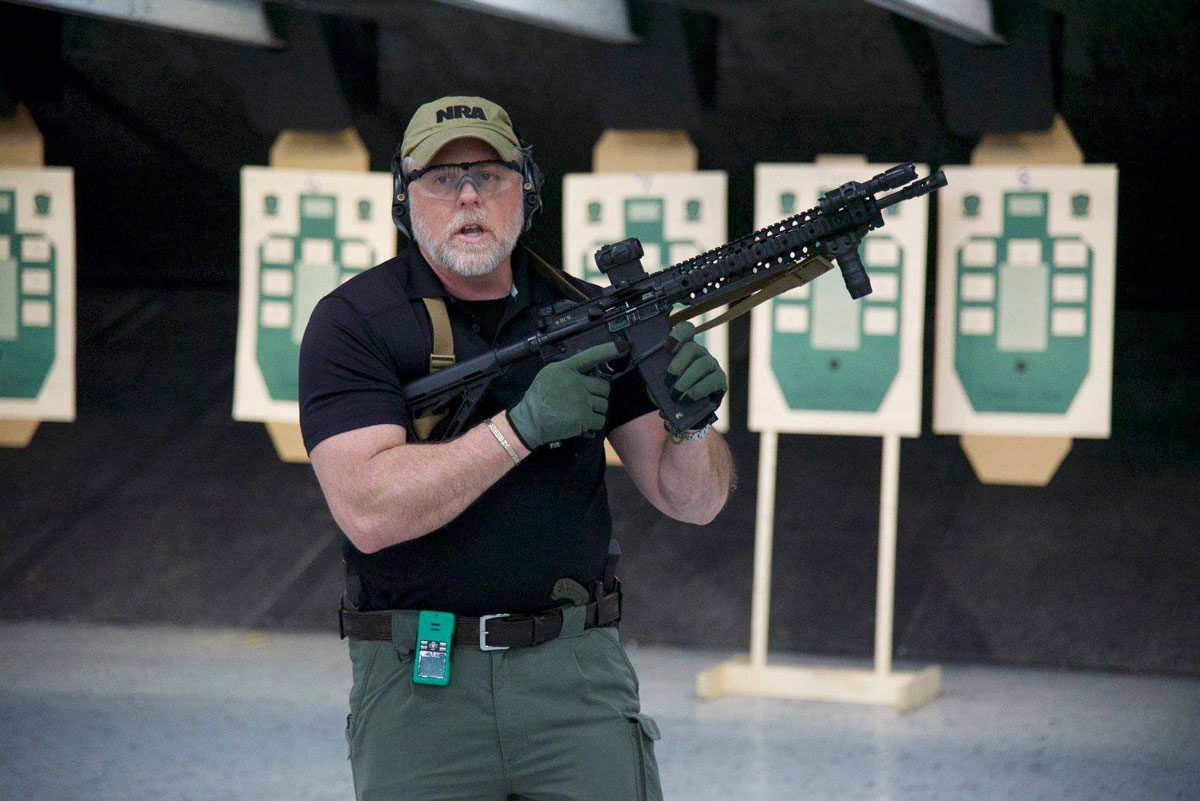
I spent three years as an instructor in Special Forces. We had our own school house, and I worked in the Advanced Skills at the Anti-Terrorism Training detachment, and I was the course manager for our anti-terrorism instructor qualification course. Basically, I was preparing people to go overseas into high-threat environments that could be working at a military base or an embassy. We taught terrorism awareness and how to defend themselves.
“That’s All We Did”
Then I spent three years in what we called a CIF…or the Commanders In-extremis Force. I think now it’s called CRF, or the Crisis Response Force. It’s a counter-terrorism unit where I spent three years training every day…advanced marksmanship skills, CQB on a daily basis. That’s all we did.
Then I spent a few years as a SFAUC or Special Forces Advanced Urban Combat Instructor, teaching advanced marksmanship and CQB, so the same stuff I was teaching to our foreign partners, we started teaching to our own guys…and that’s a required course for our people, that they were supposed to do once a year.
I then got out and immediately started contracting overseas in Iraq. I started off doing high-threat security, PSD (private security detail) type stuff. Then I spent a little bit of time being a mentor/instructor for an Iraqi counter-terrorism unit, and then I just continued to work overseas as a government contractor.
Green Ops Begins
In between my rotations overseas, I would work as a adjunct instructor for a few other facilities and that’s really where Green Ops started. It was a payment method. So, if a company had a contract to train the U.S. military for pre-deployment or something of that nature, instead of paying me as an individual because I was working overseas, I just had them pay Green Ops.
So, again, I would do pre-deployment training for the military, contract training for another contract company that was getting ready to go overseas, or their individuals that needed to go thru a vetting process, preparing them and run the vetting for them…
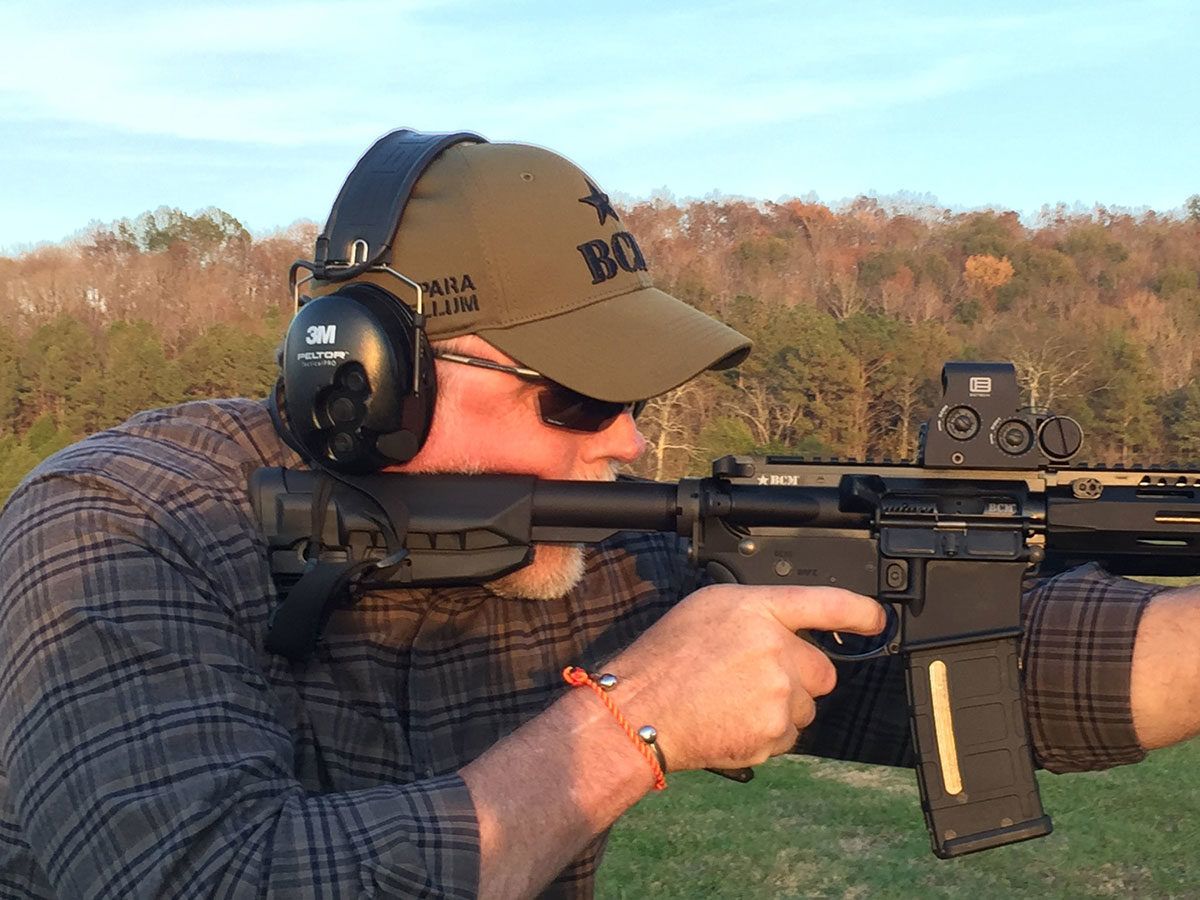
Then about four years ago, I started doing open enrollment courses for Green Ops. That’s basically where we’re at now. That was specifically designed for the training gap that existed up in Northern Virginia area. For a time, there were so many carbines being bought in the area that the NRA Headquarters Range was looking for people who could teach AR-specific classes. They were getting a lot of requests for that type of gun training.
It just so happened that the gun training in the area was lacking that. So, that’s what we started doing up here…running our carbine stuff at the NRA range, open enrollment. From there, it just kind of blossomed.
Q: What would you say to someone who feels that he does not need training in the use of their rifle? For myself, with gun training, I’ve found that sometimes you don’t know what don’t know.
Mike Green, Green Ops: I was one of the first concealed carry instructors in the state of North Carolina. I was still in the military, but I would teach classes. I would get people who were in the military currently, who used to be in the military, who were in law enforcement, and they would take this class because it was a requirement. A lot of them told me they just needed the paperwork because they knew what they were doing. But it was painfully obvious that people don’t know what they are doing.
Carrying a gun is like buying a race car and parking it in your garage. Then 20 years later saying “yeah, I’m a race car driver.” Just because you carry a gun doesn’t mean you know how to use it…and I see a lot of that. People who have been around guns, and maybe people have shot a lot, but their ability to safely utilize the firearm is non-existent.
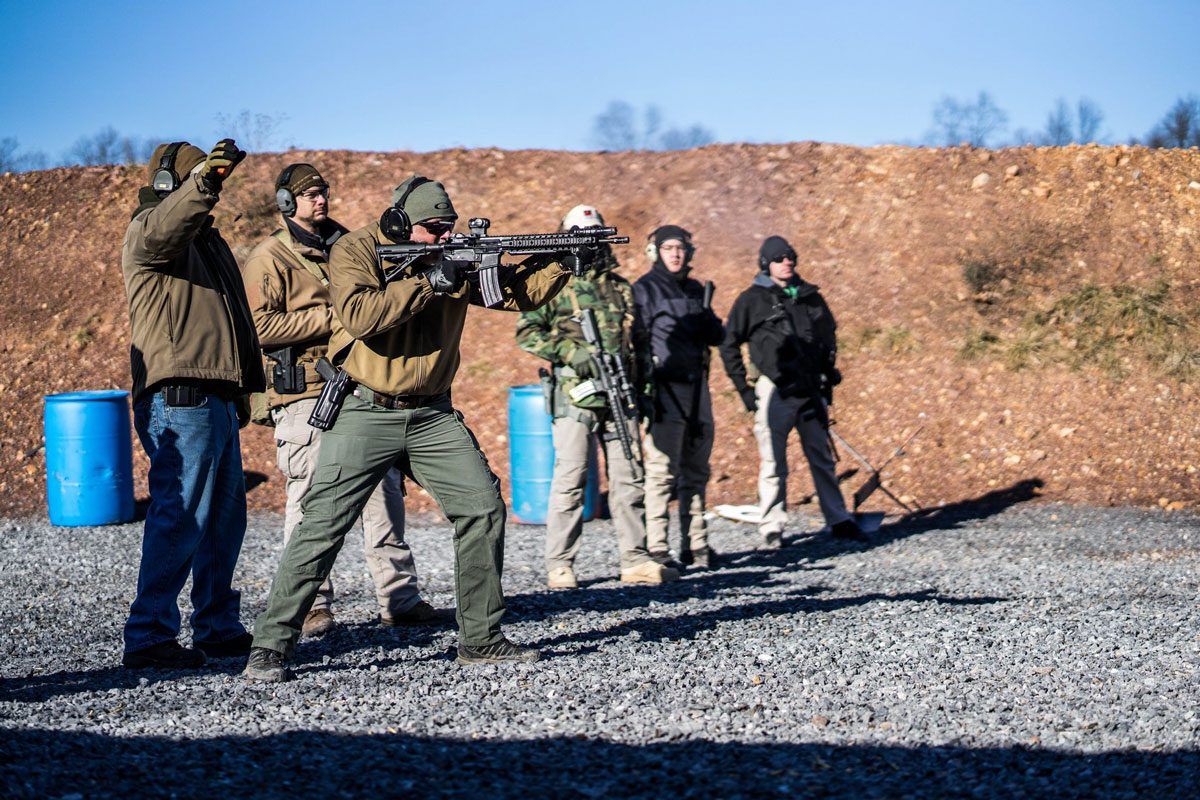
Q: Are there some very basic mistakes we can correct prior to venturing out to a gun training course for the first time?
Mike Green, Green Ops: The biggest problem I see with most folks with the carbine is their lack of manual of arms…or just their overall firearms manipulation. That’s probably the biggest thing I see, next to basic safety, which I’d say is number one.
Q: For someone new to gun training, can you explain what you mean by “manual of arms”?
Mike Green, Green Ops: For example, when people go to pick up the gun, it’s like getting into a car. They don’t look for where to put their foot on the brake or the gas. Nor do they look for the gear shifter or the ignition…they put their key in there automatically. And if you do see someone doing that, you know that they are probably unaware of what they are doing. The same thing goes for a firearm.
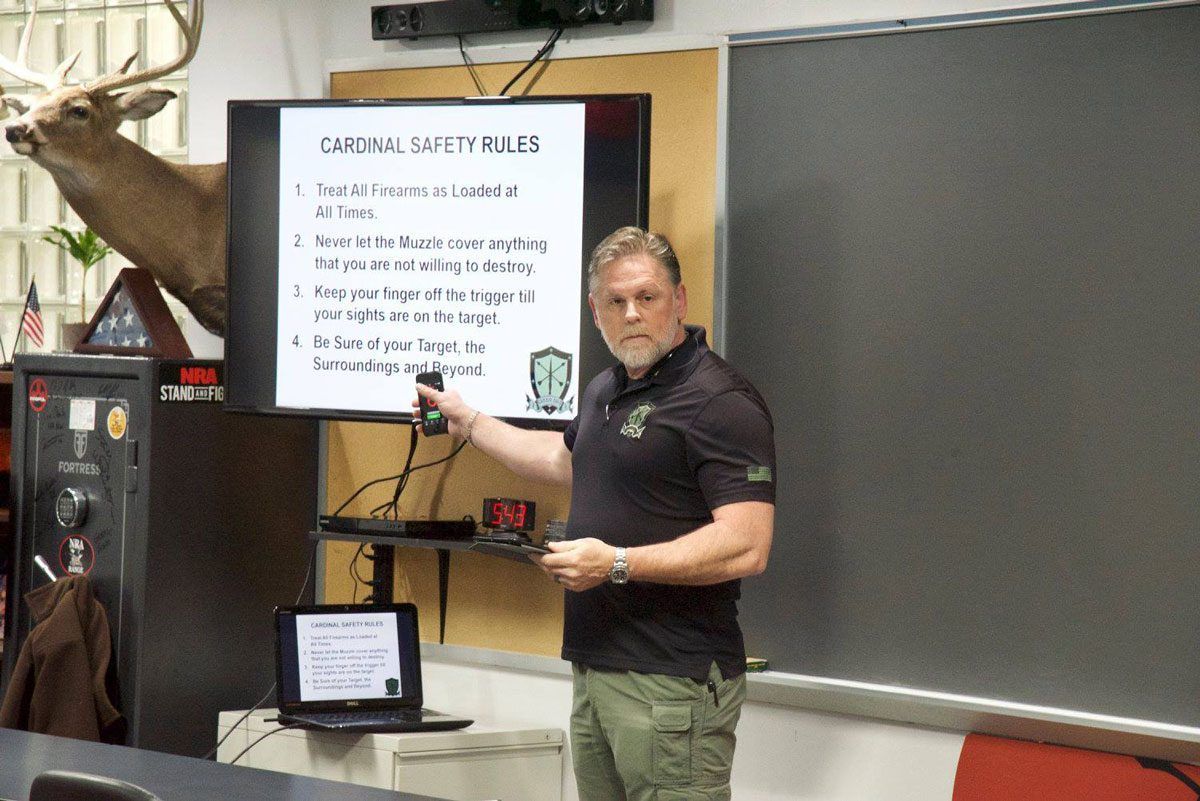
When you see someone and you tell them to put it on safe and they cannot find where the safety is on the gun, or they are automatically grabbing the gun and their finger is on the trigger. Just looking like “how do I load this?” Just the basic simple process of picking the firearm up, placing it on safe, locking the bolt to the rear, loading it…they don’t have to be at the subconscious level immediately, but they should be familiar enough that they shouldn’t have to be looking or take their eyes off of, or their minds off of safety.
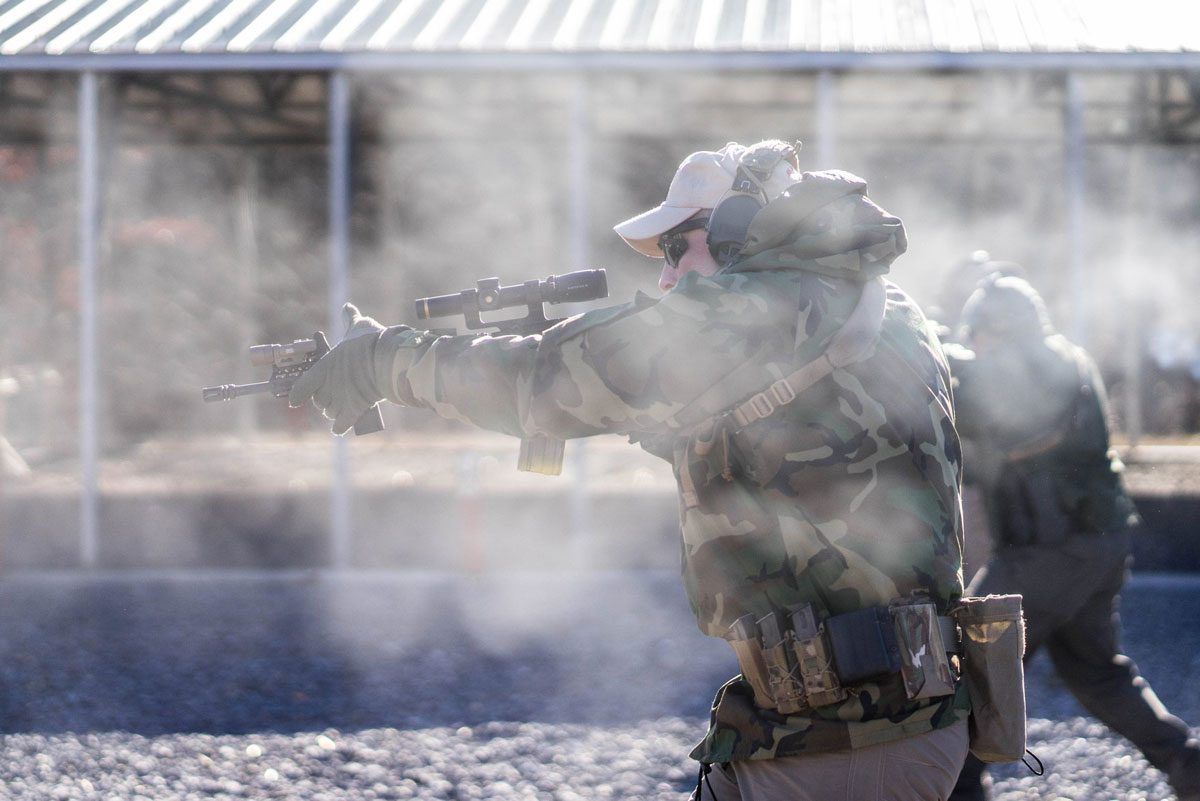
Q: Once they understand those basics…what other standards should we be striving for with our rifles?
Mike Green, Green Ops: There’s a lot of folks with genius-level IQs out there talking about the different zeros. It can become so complicated that it can become overwhelming for the newer shooter.
Frankly, if they can zero their gun, I could care less what they zero at. That is not important. What is important to me is that once they do get their zero, they know their point-of-aim, point-of-impacts are from 7 to all the way out to 200, maybe 300.
But once they are able to zero the gun, I would say they should be able to have a group about the size of 3-4”…it doesn’t have to be great. If at 25 yards, they can safely hit a medium circle on an IDPA target consistently, that’s pretty decent for a beginner. If the shooter is at an intermediate level, they should be able to do the same thing at 50 yards.
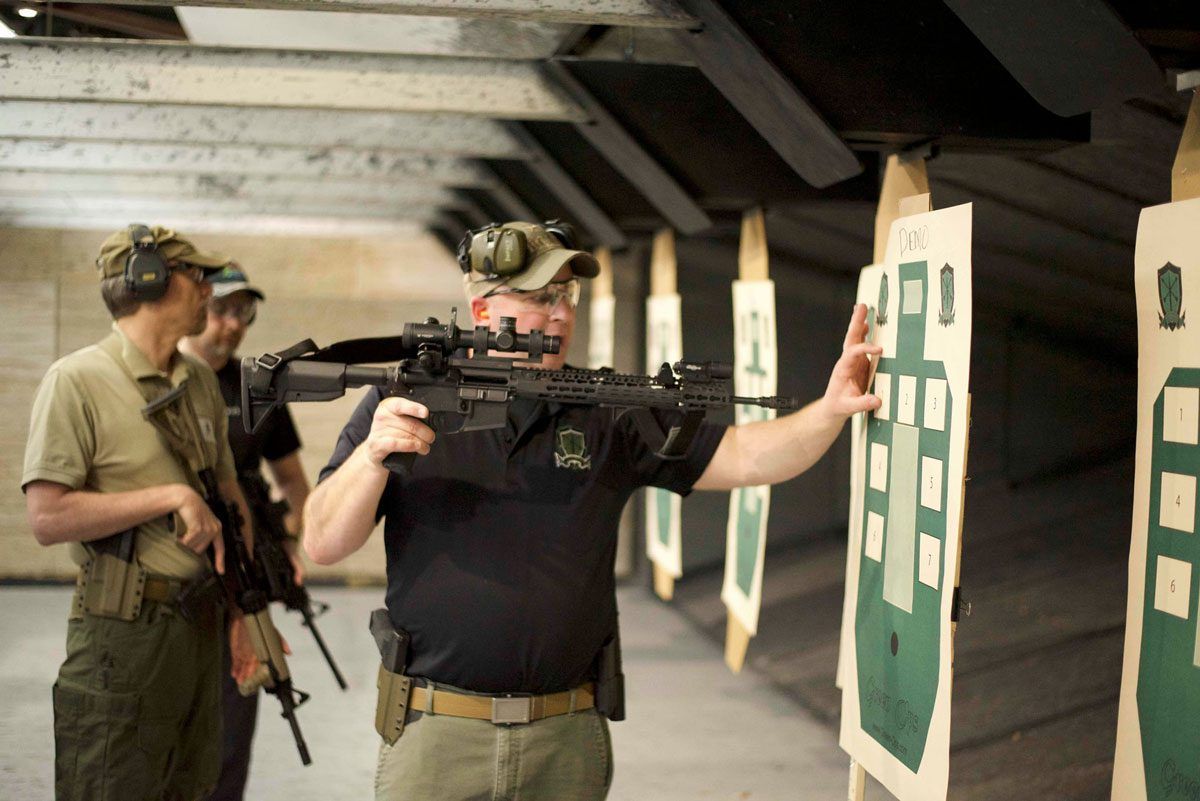
Q: Are there standards we should be looking to meet fairly quickly once we begin trying to better ourselves?
Mike Green, Green Ops: If we’re talking about defensive or combative stuff, I would say that ideally the things that people should be working on is their stance and their ability to engage a target at 25 yards to 50 yards in an 8” circle…three to four rounds in about two seconds or less. And that’s from a standing ready position, like an up drill…from a low ready or a high ready.
Q: How important is speed in gun training?
Mike Green, Green Ops: Speed is a tough one. You have people that focus on speed and you have people that focus on accuracy and there needs to be balance. If you shoot sub second up drills at 50 yards but you’re not hitting anything, then that doesn’t do anything. At the same time, if it takes you two seconds to fire one shot at 50 yards, you could potentially lose the gun fight there too. So, there has to be that balance.
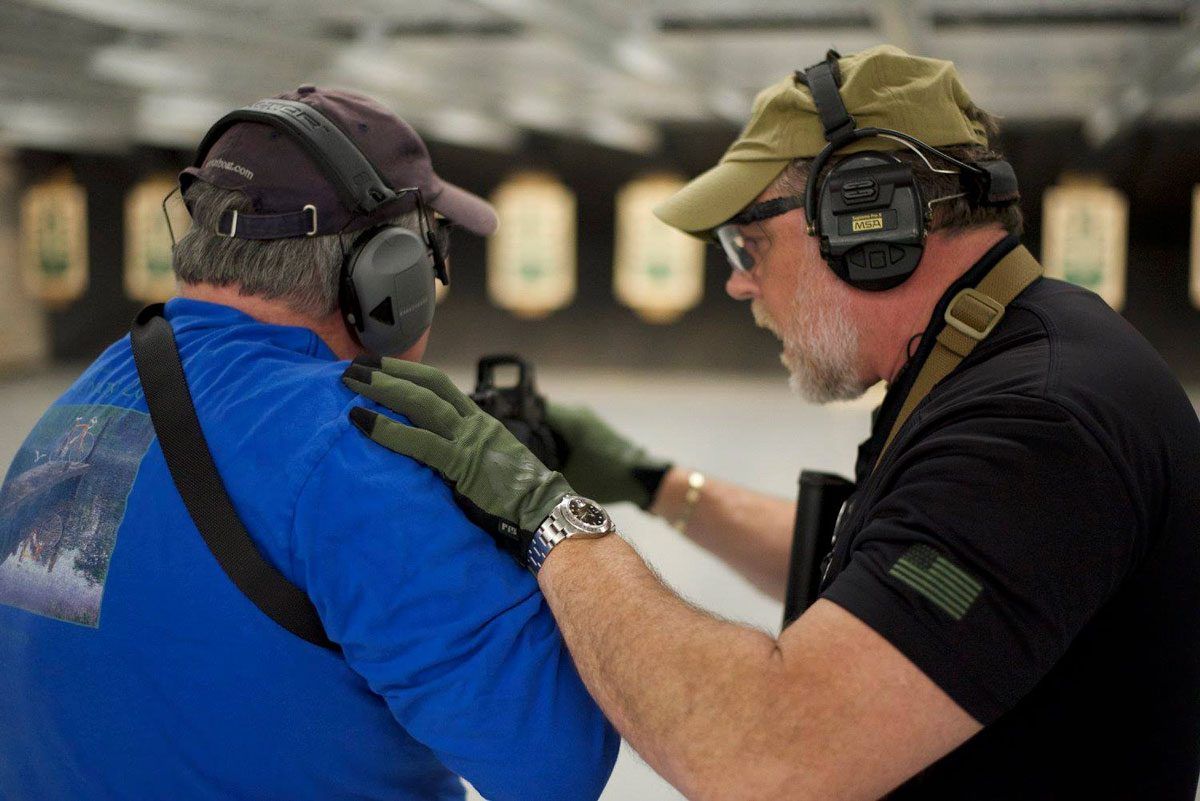
There’s different schools of thought…Some folks say “hey, work accuracy first, then work speed,” and then there’s others that say the opposite. It needs to be a combination, but they both have to be trained separately. I believe you should train marksmanship first, then train speed.
Q: Green Ops does different types of gun training…but can you talk about some of the carbine-centric training available at Green Ops?
Mike Green, Green Ops: Our Defensive I classes are a little bit above the beginner level. We can take beginners in the level 1 stuff. We run a Defensive 1 clinic which is about 4.5 hours and then we run a Defensive 1 class. There we run similar drills, but in the 8-hour class you get more repetitions, more drills and then we also shoot a qualification at the end.
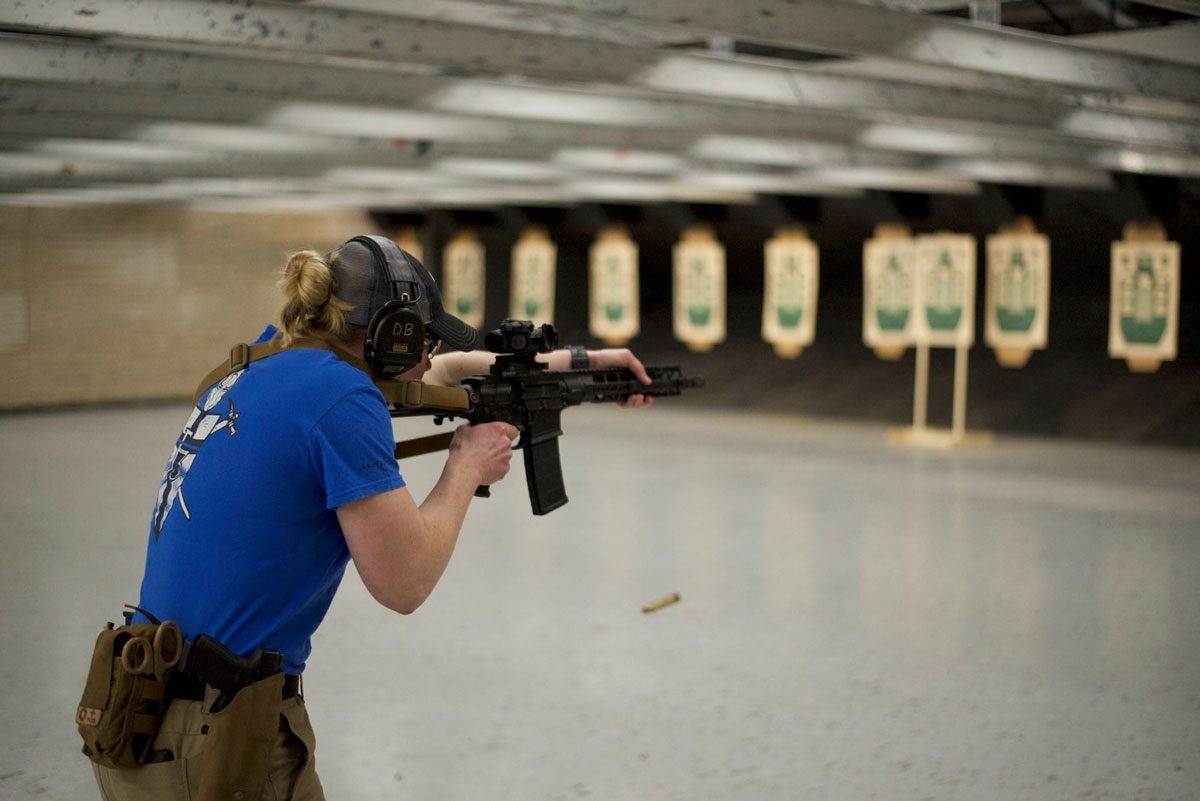
As far as the basic proficiency someone needs to have, I’d say the basic manual of arms. If they can accurately hit the target with a zero, they can load and unload the gun safely, then they should be good. And, we’ve had people come to our classes and take them multiple times…which I recommend, especially if you are a new shooter.
Gun Training and Doing Homework
When someone comes to a single class, the level of improvement is not going to be enormous. That’s because they have not put in the work. That’s like spending one day at college. You don’t get your master’s degree for spending one day at school. You have to put in the homework, etc. The same thing is true when you come to a firearms class. No one is going to come to a class and then at the end of the day be that much better of a shooter. But what they walk away with is the knowledge and skills and ability to practice new drills on their own…They have the ability to do the homework and get their reps in.
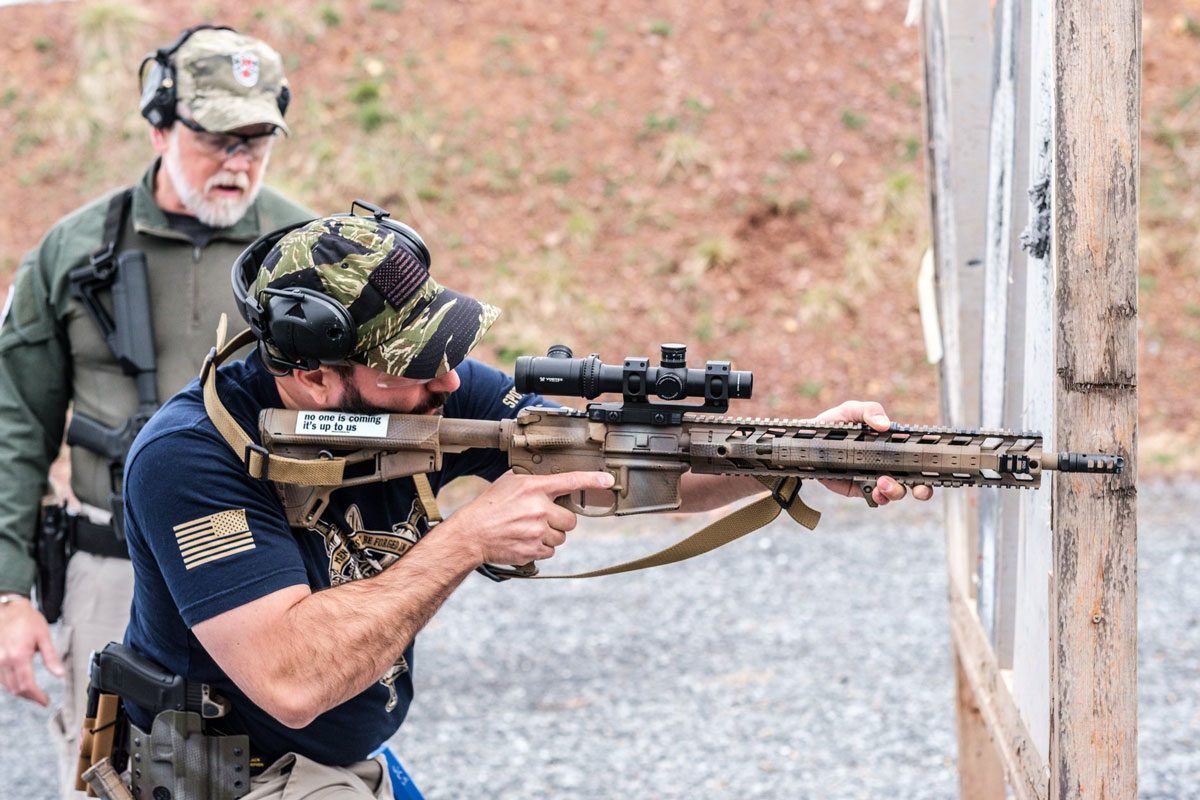
We run a Level II course, and those are also one day classes. Along with the fundamentals, we do some pivots and turns, and different positions. We’ll turn left to right, well go from standing to kneeling to prone…Then we have our Advanced classes. Almost all of our two-day classes are Advanced classes. Those we like to have folks who have had at least 16 hours or more of classes underneath them, or maybe they shoot competition on a regular basis. Our two-day classes are running and gunning…we do a lot of movement, walking and running.
Q: Can you talk about the difference between your Defensive vs Tactical classes…is it a mindset difference?
Mike Green, Green Ops: Manipulation of the firearm is the same, but you hit the nail on the head…it’s a mindset. We start out our Defensive classes with a legal brief…and it talks about the legal use of deadly force, and situations that persons should or possibly would use deadly force to defend themselves or others. Our Tactical classes are more designed for those who are in the tactical community or for those who are just interested in knowing what those in the tactical community would do.
One thing I would add is the folks that I have who are teaching these classes with me, I’ve got a really eclectic crew of individuals. I have another former Special Forces Green Beret, a guy out of Ranger Batallion, I’ve got a guy who is a Master Class USPSA shooter, and I have a guy who is not only in law enforcement but is a trainer in law enforcement…so he’s literally at the range every day. The skill level of the guys we have is incredible individually, but as a team they just work so well together. They bring a lot to the table.
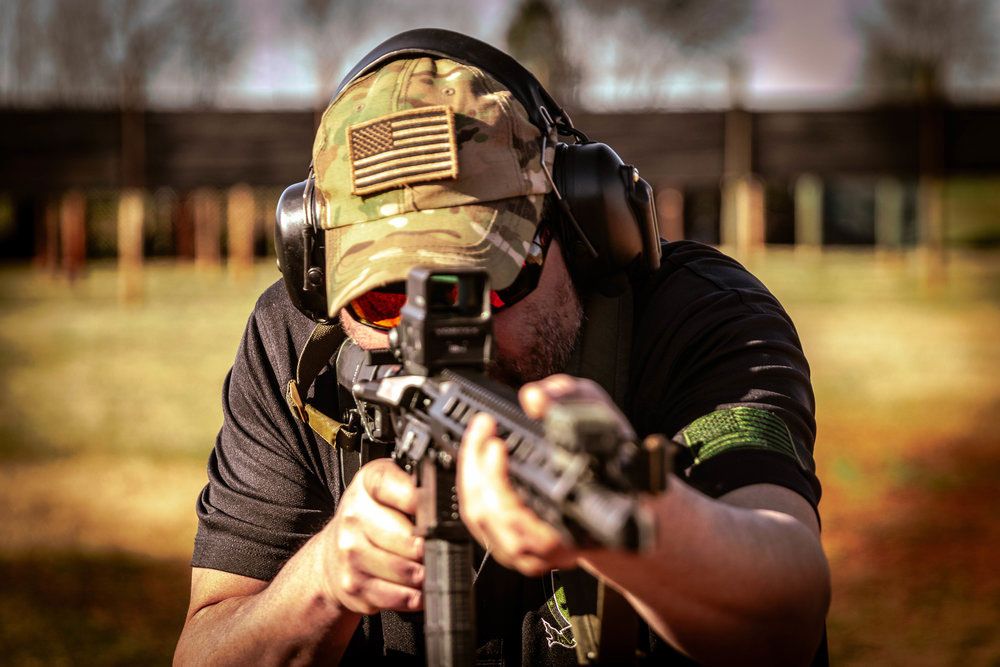
Q: Can you talk about your early personal experiences with the AR and how you’ve seen the rifle change?
Mike Green, Green Ops: When I first came in the military in 1987, we were using the M16A1. There were a lot of complaints. It was said by some that they didn’t seem to function as well…tolerances were not as tight. With military folks there’s that saying “a bitching soldier is a happy soldier” or something to that effect (laughs) But over the years, I think we’ve seen a lot of those complaints might have just been from inexperience as shooters.
A lot of the malfunctions were actually caused by the shooter not keeping the gun lubed up properly, not keeping it cleaned properly, using bad ammo, using bad magazines…so over the years, I think I either became more proficient with the firearm or I became more knowledgeable on how to operate it.
I would say that the mil-spec Colts we had then had good tolerances, but if we look at the technology today the way that firearms are created with new tolerances, new machinery….even a no-name gun today is probably better made than the guns we had when we came in the Army that were considered mil-spec.
Q: What gun do you run today?
Mike Green, Green Ops: My work gun was an H&K 416, which honestly I loved. A lot of guys complained about the weight, but I enjoyed it. I thought it was a phenomenal gun, so much so that I bought an LWRC, which is also a piston-driven gun.
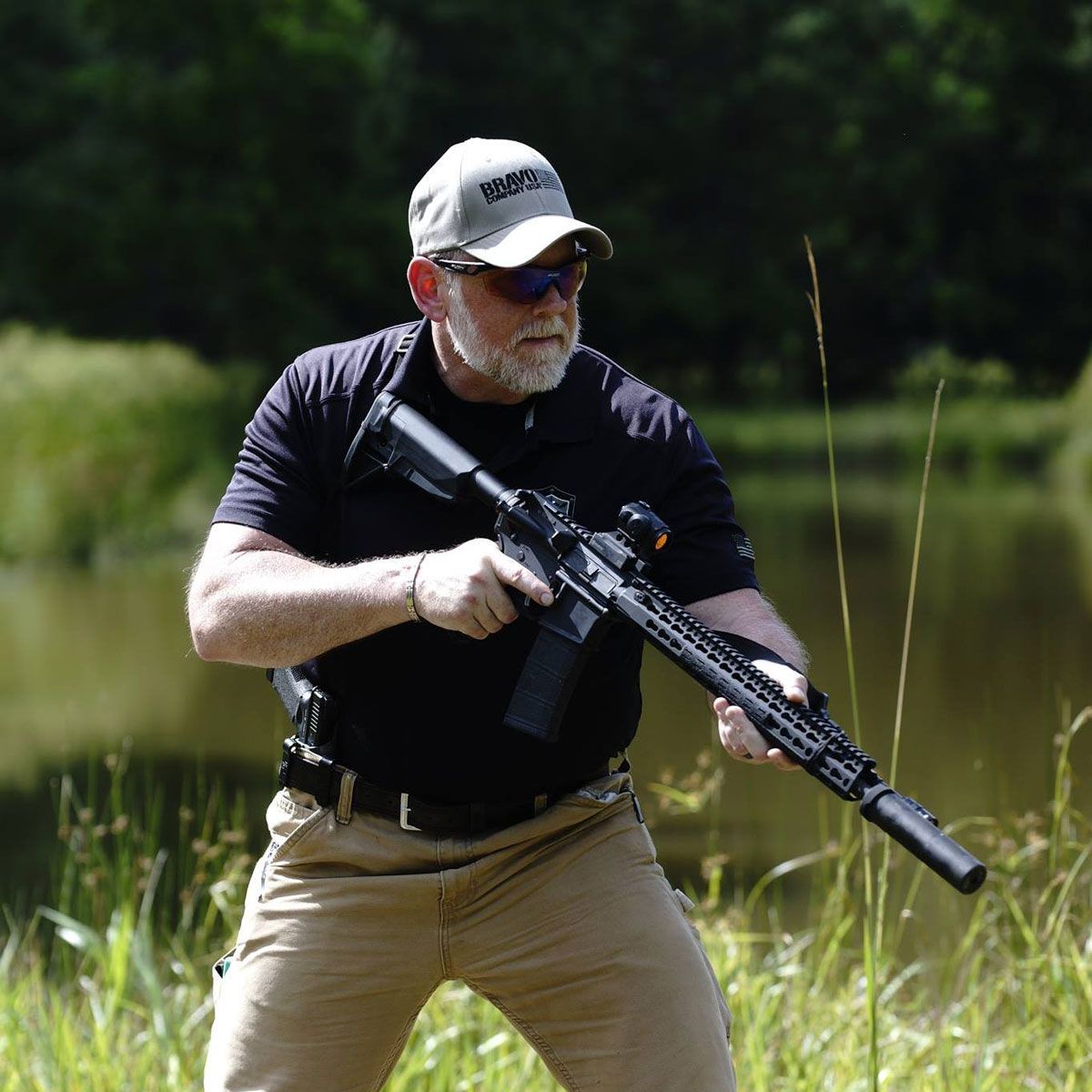
Then I went to a Pat Rogers class…probably about five years ago, and he had me shoot a BCM. I have an injury from when I was in the the military on my right wrist. And when you’re doing mag changes, you’re putting almost all that weight on that arm. He had a BCM that was lightweight, and I was really impressed with it, and at the end of the day I noticed my hand didn’t hurt…which it usually did at the end of the day shooting carbine. The next day I went out and bought a BCM. It’s not a piston-driven gun, but I absolutely love it and it’s my favorite gun right now.
It’s a 14.5” inch gun with a mid-length gas system. It has a pin and welded flash suppressor to make it 16”. I like flip-up sights…and then I go back and forth with an Eotech or an Aimpoint.
Q: Are there any “Do’s and Don’ts” worth mentioning for folks before coming to a class?
Mike Green, Green Ops: The biggest “do” is get out there and put their gun through some testing. If they have a sling on there, they need to be able to work the sling and make sure it does not get in the way. They also need to make sure their magazines fit the gun properly and that the magazines feed. Make sure that everything that needs to have Loctite on it does. Finally, they need to make sure they keep the gun wet…I’ve got a BCM that I have not cleaned in probably five years, all I do is put a little bit of Fireclean in it. I’m not going to give 100% credit to Fireclean, so if you’re not using it, then you should do the same with your lube. Just lube up the gun. I lube mine up after every class.
Q: In closing, is there any other advice you think it’s important to share?
Mike Green, Green Ops: Mindset is always huge. It could almost be a separate class. I think it can almost be overlooked by those of us who were in the military because mindset for us was something we worked on, on a daily basis. We were in the military, prepared for war. I think we take that for granted that there are other people out there who do not have that same mindset.
My opinion is that too many people think that they are “good enough.” The truth is typically they are not, and their mindset needs to be that they need to train more…and they need to train often. They don’t have to go to the range everyday.
You can dry-fire every day for five or ten minutes, and what you take away from that time is just going to add to your skills and ability each week. It’s just going to compile and eventually it will become sub-conscious, and that’s what you’re looking for. The more you do and practice, the better you are going to get.
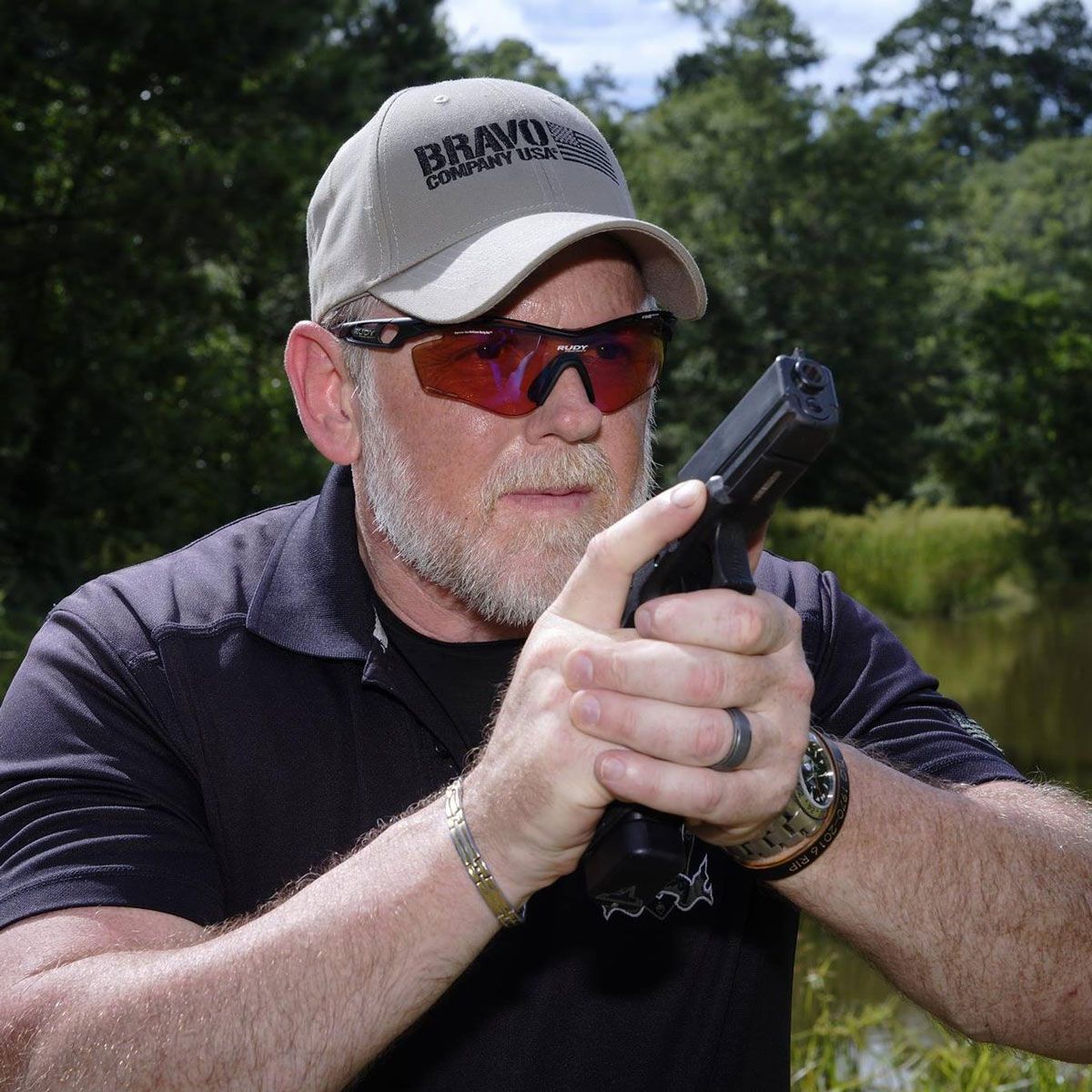
It’s the same with competition. I am also a USPSA Master Class Shooter. Talking with a lot of high-level shooters in that world, to them it’s simple. They may not shoot every day, but they most certainly touch the firearm every day. As, I mentioned earlier…if you want to get better, it’s simple. Get the training, do the homework and get your reps in.
###
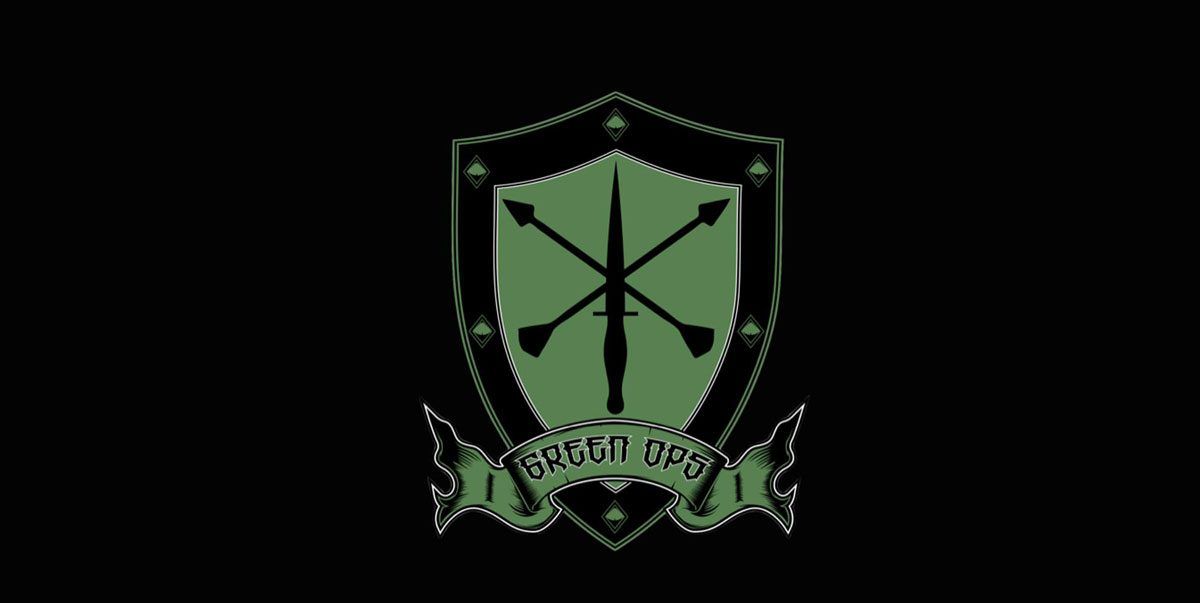




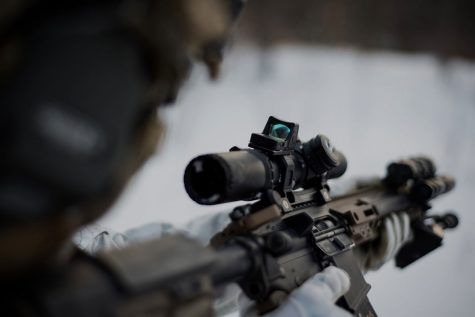
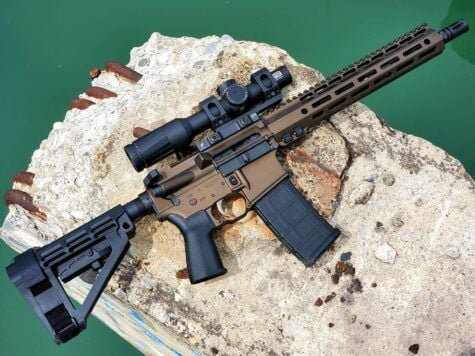
Thank you for the awesome interview. It was a real pleasure.
Definitely keep up this type of content. It gives people a real in depth look into trainers, their companies, and background.
Great interview! Mike is the MAN. I have learned so much from him and he always has a good story. Keep up the great content!
new interview with Mike in the next 48 hours or so….